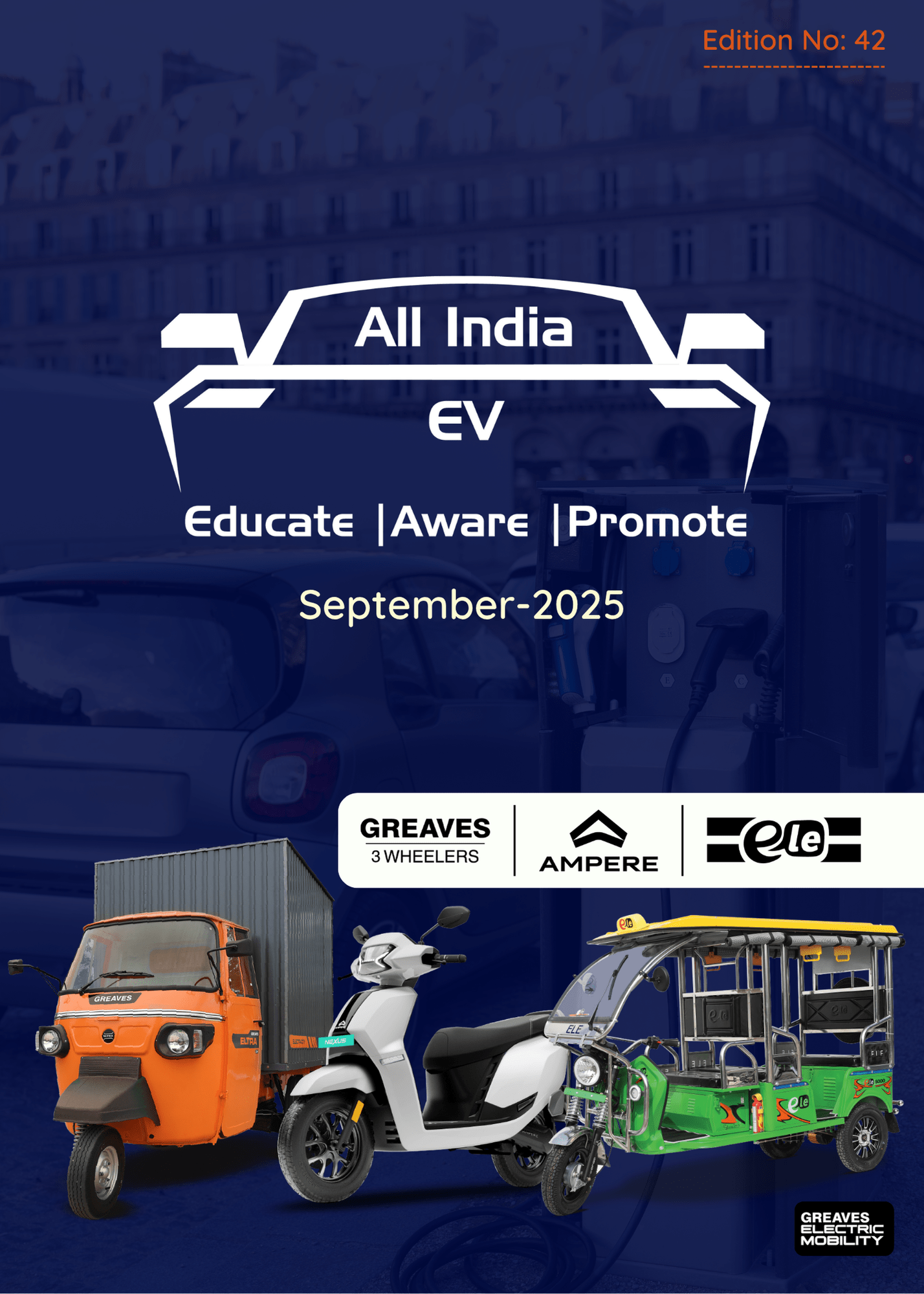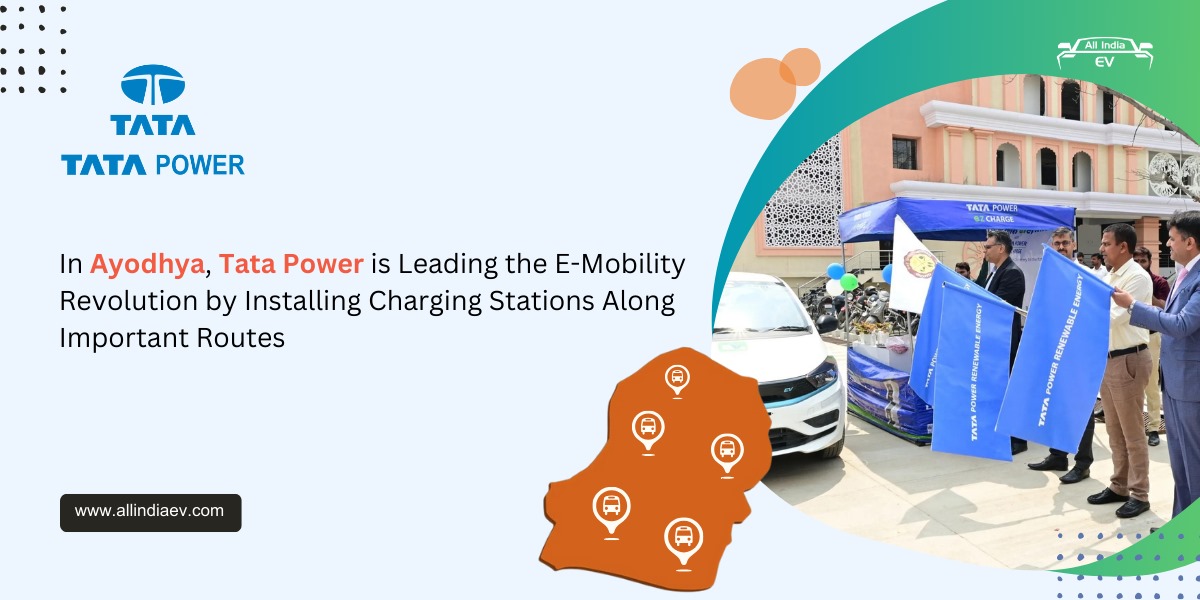
Greener Mobility Needs Better Financing: High Lease Rents, Low LTV Ratios & Short Loan Tenures Hinder EV Adoption Despite Low Running Costs
As India accelerates toward its ambitious electric mobility goals, a key challenge threatens to stall progress: the financial ecosystem backing the EV revolution, particularly in the light commercial vehicle (LCV) segment.
E-commerce giants like Amazon and Flipkart, along with logistics firms such as Delhivery and Shadowfax, have embraced electric vehicles for last-mile delivery. Yet, the government’s target—70% of commercial vehicle sales and 80% of two- and three-wheeler sales to be electric by 2030—may prove overly optimistic unless financing bottlenecks are addressed.
💸 Financing Lag Behind Tech Growth
Unlike internal combustion engine (ICE) vehicles with mature markets and predictable depreciation, EVs present unfamiliar territory for lenders. Battery performance, especially with emerging chemistries like LTO (lithium-titanate oxide), remains uncertain across varying usage conditions. This ambiguity makes it difficult for traditional banks to assess residual value and risk.
Consequently, banks adopt conservative lending practices—offering low loan-to-value (LTV) ratios and short tenures. The burden of risk is passed onto fleet operators through higher borrowing costs, making leasing or ownership of EVs financially challenging despite lower running costs.
🚐 Commercial Leasing Models Under Strain
Most EV manufacturers in the commercial segment lean on leasing, either directly or via third-party lessors. However, unattractive financing terms limit their ability to reduce lease rents. For fleet operators, outright purchase is also unviable due to the high upfront cost and potential battery replacement within just 3–4 years—pushing total cost of ownership (TCO) well above ICE equivalents.
While battery prices have declined over the last decade, parity with ICE vehicles remains a distant goal.
🛡️ Risk Sharing Models: A Ray of Hope
To bridge this financing gap, risk-sharing mechanisms are gaining attention. Start-up Log9 Materials piloted an innovative tripartite financing model in 2023 with EV lender Three Wheels United and financial guarantee platform Eqaro. Eqaro provided a surety bond to guarantee residual value, improving lender confidence and unlocking capital for fleet buyers.
Despite this creative solution, the high cost of Log9’s battery tech proved a growth hurdle—highlighting the need for government support in de-risking early-stage innovation.
🔋 BaaS and Battery Ownership Challenges
Models like Battery-as-a-Service (BaaS), introduced by MG Motors and others, have brought flexibility but introduced complexities in financing. Shared ownership between users and OEMs complicates asset valuation and collateralization, further deterring lenders.
🏛️ What the Policy Needs to Do Next
Government interventions such as the FAME scheme have successfully jump-started EV adoption. However, to sustain and scale commercial EV usage, new policy instruments are essential. These include:
- Credit Guarantee Schemes: Backed by institutions like SIDBI and supported by global entities (e.g., Shell Foundation), these reduce lender exposure and encourage higher LTV lending.
- Priority Sector Lending for EVs: Similar to MSME finance, this could unlock capital flow from public and private banks.
- First-Loss Risk Guarantees: Government-sponsored coverage of initial losses could shift the risk calculus in favor of EVs.
International examples, such as the U.S. Department of Energy’s Loan Programs Office, show how public-backed finance can catalyze private sector investment in clean transport.
🔄 Aligning Stakeholders for Scalable Success
India’s EV mission, particularly in the commercial and gig-economy segments, hinges on a financial architecture that balances the interests of all stakeholders—OEMs, fleet operators, lenders, and guarantors. A combination of de-risking tools, technology-specific underwriting, and policy backing can enable affordable leasing and ownership models for mass adoption.
In short, while the wheels of electric mobility are turning, it’s the strength of India’s financial corridors that will determine how far and fast they roll.










